Chives Plant
- March 28, 2024
- 0 comment
Chives Plant (Allium schoenoprasum), are a small, bulbous perennial plant belonging to the onion family. With their delicate, hollow, and cylindrical leaves that grow in dense clumps, these plants are valued for their flavor and ornamental appeal. The thin green stalks of chives are not only a staple in culinary dishes for their mild onion-like taste but also for the bright purple flowers they produce, which add a pop of color to herb gardens.
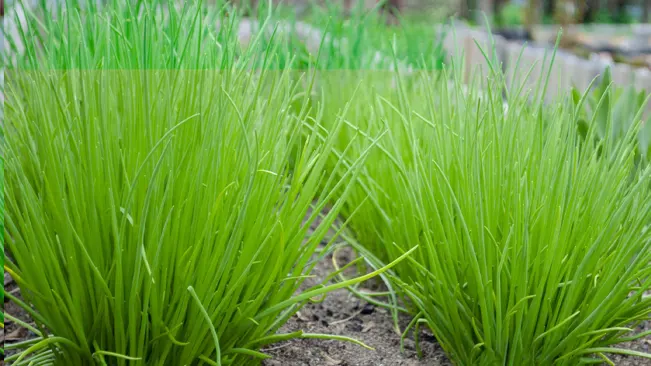

In addition to their visual and gastronomic qualities, chives plant are also celebrated for their versatility and ease of growth, thriving in both gardens and containers. Their flowers attract pollinators, playing a role in the ecological health of gardens. Rich in vitamins and minerals, the leaves of chives are a healthy addition to a variety of dishes, from soups to salads, providing subtle flavor and a nutritional boost.
Characteristics of Chives Plant
| Characteristics | Description |
| Scientific Name | Allium schoenoprasum |
| Common Names | Chives, common chives, garden chives |
| Family | Amaryllidaceae Family |
| Native Region | Chives are native to Europe, Asia, and North America. |
| Plant Type | Herbaceous perennial plant. |
| Size | Typically grow to a height of 12 to 18 inches. |
| Leaves | Thin, tube-shaped, hollow, and grass-like green leaves. |
| Flowers | Produce edible, pale purple flowers in spring and early summer. |
| Propagation | Propagation is usually done by dividing clumps or from seed. |
| Drought Tolerance | Have moderate drought tolerance once established. |
| Cultural Uses | Widely used as a culinary herb for their onion-like flavor. |
| Ecological Role | Attract pollinators with their flowers and can deter pests. |
| Notable Species | Garlic Chives (Allium tuberosum) and Giant Siberian Chives (Allium ledebourianum). |
| Hardiness Zones | suitable for USDA hardiness zones 3 to 9. |
| Growth Rate | Have a medium growth rate and establish quickly. |
| Lifespan | hen well-cared for, chives can live and produce for many years. |
Botanical Beauty of Chives Plant
Chives plant, with its slender, tubular green leaves and delicate purple flowers, offers a subtle yet striking beauty to any garden. Its clustered growth pattern and vibrant blooms provide a textured visual contrast when planted among broader-leafed plants. The botanical charm of chives extends beyond aesthetics, as its flowers can also be used to garnish dishes, bringing culinary elegance to the plate.
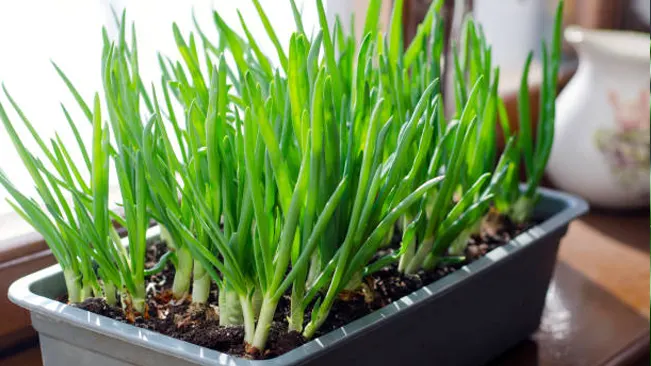
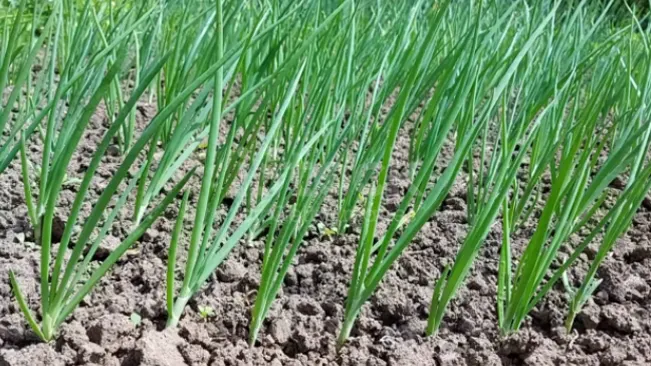
Woodland Elegance
Chives contribute an understated elegance with their fine foliage and star-shaped flowers that sway gently in the breeze. They complement the woodland palette by adding a layer of height and color that enriches the natural tapestry.
Ecological Importance
Chives play a significant ecological role by attracting pollinators, such as bees and butterflies, which are essential for the cross-pollination of many plants. Their flowers provide a valuable nectar source in the spring and early summer months when food can be scarce for these insects.
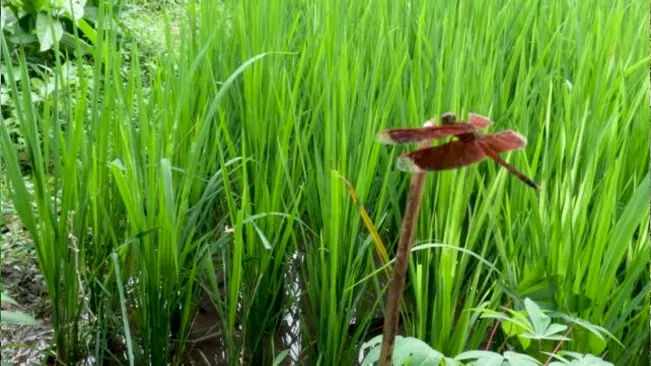
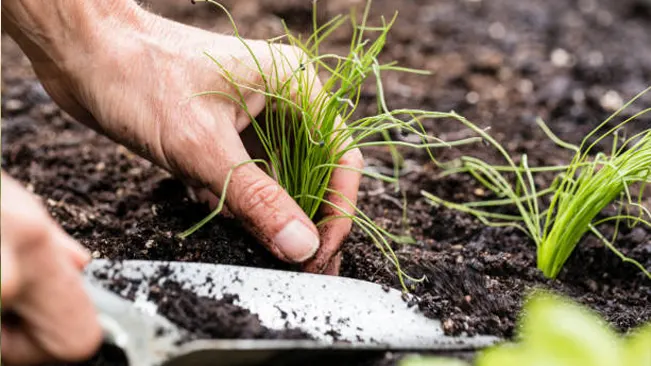
Cultivation and Conservation
Cultivation of chives, both in home gardens and in agricultural settings, has minimal environmental impact and can contribute to conservation efforts by providing habitat for beneficial insects. Encouraging the growth of chives can also aid in the preservation of herbal diversity and the continuation of traditional culinary and medicinal practices.
Fragrance
Chives plant emits a delicate and refreshing scent that is reminiscent of a light onion aroma mixed with a hint of garlic. This fragrance is most potent when the leaves are freshly cut or bruised, releasing their essential oils. The subtle yet distinct smell of chives makes them a favorite in herb gardens, not just for their taste but also for their pleasant olfactory contribution.
During the flowering season, chives produce ornamental purple flowers that add a sweet and slightly floral scent to the herb’s characteristic aroma. The combined fragrance of the leaves and flowers can attract pollinators to the garden, creating a lively and aromatic environment. The gentle fragrance of chives is never overpowering, making it suitable for planting near outdoor living spaces.
In culinary use, the fragrance of chives is often released as a finishing touch to dishes, providing a fresh and herby scent. This fragrance complements a variety of foods without dominating the dish’s flavor profile. When used in cooking, chives infuse the air with a warm, inviting aroma that enhances the overall sensory experience of a meal.
Soil Stabilization

As a perennial herb, chives play a modest role in soil stabilization, contributing to the soil structure through their fibrous root system. The roots of chives help to bind the soil, reducing erosion and runoff, especially in garden beds or small slopes. The plant’s tendency to form dense clumps means that it can effectively cover the ground, protecting the soil from the direct impact of heavy rains.
Chives are beneficial in crop rotation systems, where they can help to break up compacted soil, improving its friability and aeration. The root exudates of chives may also encourage beneficial microbial activity in the soil, further enhancing soil health and stability. As chives die back at the end of the growing season, their decaying matter contributes organic material to the soil, aiding in retention of moisture and nutrients.
In larger ecological systems, the role of chives in soil stabilization is more supportive than central, as they often grow among other vegetation that collectively contributes to soil integrity. However, in domestic gardens, chives can be a valuable component of a permaculture setup, with their year-round growth providing consistent soil cover. Additionally, by attracting beneficial insects that prey on pests, chives can indirectly contribute to the health of plants that are more directly involved in soil stabilization.
Common Uses

Chives are commonly used as a culinary herb, their fresh leaves finely chopped and sprinkled over dishes as a garnish for both flavor and visual appeal. They are frequently added to soups, salads, omelets, and potato dishes, offering a mild onion-like taste. Chives are also commonly mixed into soft cheeses and butter, creating flavorful spreads or dips.
In addition to culinary applications, chives have ornamental uses; they are planted in flower beds, borders, and as part of edible landscaping for their attractive green foliage and purple flowers. Their flowers, aside from being aesthetically pleasing, are also edible and can be used to add color and a mild spicy flavor to salads. Chives can also be grown in containers on patios or balconies, providing both beauty and fresh herbs within easy reach.
Chives have found their place in companion planting, believed to repel garden pests like aphids, making them beneficial to plant near roses and vegetable crops. The herb is also a traditional choice in herb gardens, being one of the herbs in the classic French mix “fines herbes.” Moreover, chives are used in crafting and floral arrangements, with their long, slender leaves and attractive flower heads creating a whimsical addition to bouquets.
Benefits
Chives are known for their nutritional benefits, being rich in vitamins A and C, as well as containing antioxidant properties which may contribute to overall health. They also offer a source of dietary fiber and minerals such as potassium, iron, and calcium. Incorporating chives into the diet can support good vision, immune system function, and bone health.
The medicinal benefits of chives include their potential role in promoting heart health and reducing the risk of certain diseases. The presence of allicin, an organosulfur compound found in chives, is thought to have cholesterol-reducing and blood pressure-lowering effects. Additionally, the natural anti-inflammatory and antibacterial properties of chives may aid in preventing infections and boosting the body’s defense mechanisms.
The use of chives in cooking can also provide dietary benefits as they add flavor without contributing extra calories or sodium, making them an excellent choice for a healthy diet. Their ease of growth and minimal care requirements make chives a sustainable herb for home cultivation, ensuring a fresh, chemical-free supply for the kitchen. Moreover, chives have been used traditionally for their mild stimulant properties, which can aid digestion and stimulate appetite.
Different Species
Allium ledebourianum
(Giant Siberian Chives)
These chives are characterized by their larger size, with broader leaves and a more pungent flavor, making them ideal for robust culinary applications and as a striking ornamental plant in gardens.
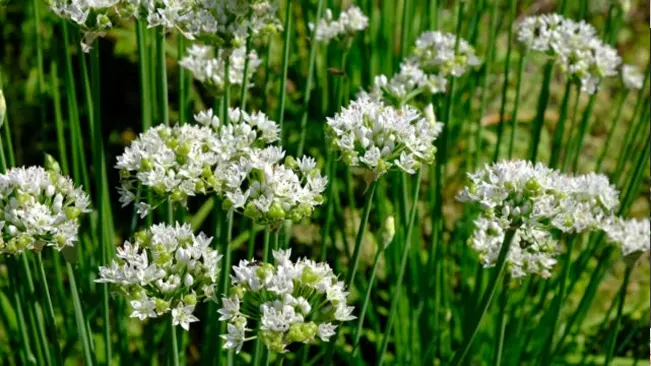

Allium tuberosum
(Garlic Chives)
Known for its flat, broader leaves and a distinct garlic flavor, garlic chives are a staple in Asian cuisine, used in a variety of dishes for their aromatic qualities and white, star-shaped flowers.
Allium nutans
(Siberian Garlic Chives)
These chives offer a unique blend of chive and garlic flavors, with broad, slightly curved leaves, and are well-suited for cooler climates, making them a versatile choice for gardeners and cooks alike.
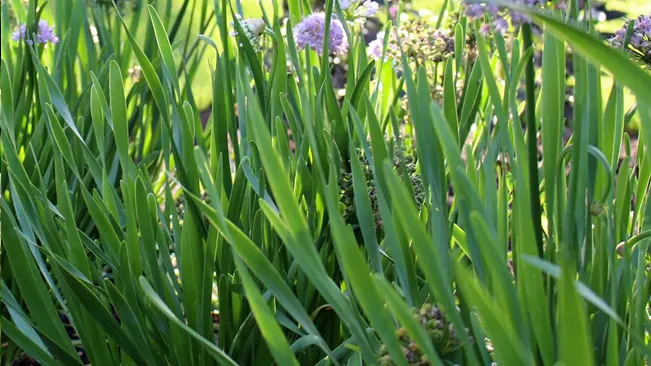
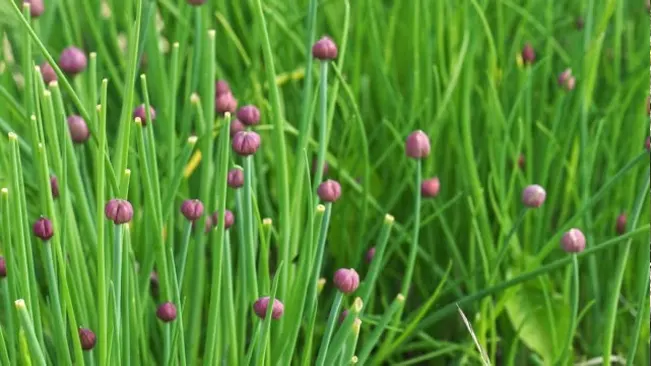
Allium schoenoprasum var. sibiricum
(Wild Chives)
A wild variety of common chives, these have a more robust and intense flavor, often found in natural settings, and are valued for their adaptability and use in traditional herbal remedies.
Frequently Asked Questions (FAQs)
- What is the taste of chives plant?
Chives plant have a mild, onion-like flavor, making them a popular herb for adding a subtle yet distinct taste to a variety of dishes. - How do you store fresh chives plant?
Store fresh chives plant in the refrigerator, wrapped in a damp paper towel and placed inside a plastic bag, to keep them fresh for several days. - Can you eat the flowers of chives plant?
Yes, chive flowers are edible and have a milder flavor compared to the leaves, adding both color and taste to salads and other dishes. - Are chives plant easy to grow?
Chives plant are easy to grow in most climates, requiring minimal care and thriving in well-drained soil with adequate sunlight. - What are the health benefits of chives plant?
Chives plant are rich in vitamins A and C, antioxidants, and have anti-inflammatory properties, making them beneficial for overall health and well-being. - Can chives plant be used as a pest repellent in gardens?
Chives plant are believed to repel certain garden pests, making them a useful companion plant for roses and various vegetables. - How do chives plant differ from green onions?
Chives plant are thinner and more delicate than green onions, with a milder flavor and are primarily used as a garnish rather than a vegetable. - Can chives plant be frozen for long-term storage?
Yes, chives plant can be frozen in an airtight container or bag, retaining their flavor for use in cooked dishes later. - What dishes are chives plant commonly used in?
Chives plant are commonly used in soups, omelets, salads, potato dishes, and as a garnish for their fresh, oniony flavor. - How often should chives plant be watered?
Chives plant should be watered regularly, keeping the soil moist but not waterlogged, to ensure healthy growth and development.


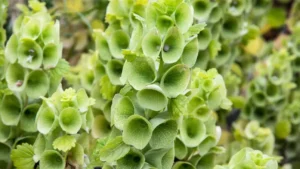



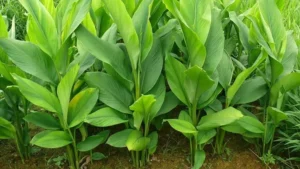
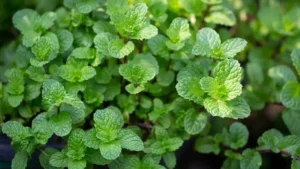
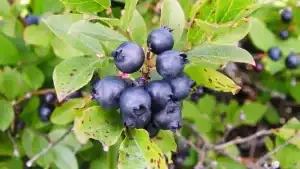
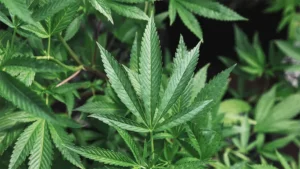
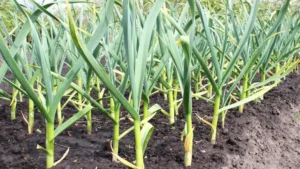

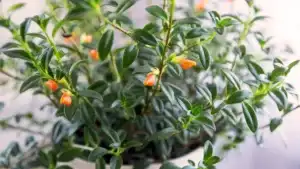
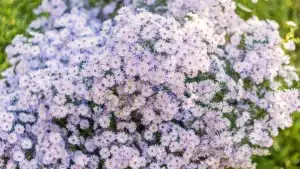
Leave your comment